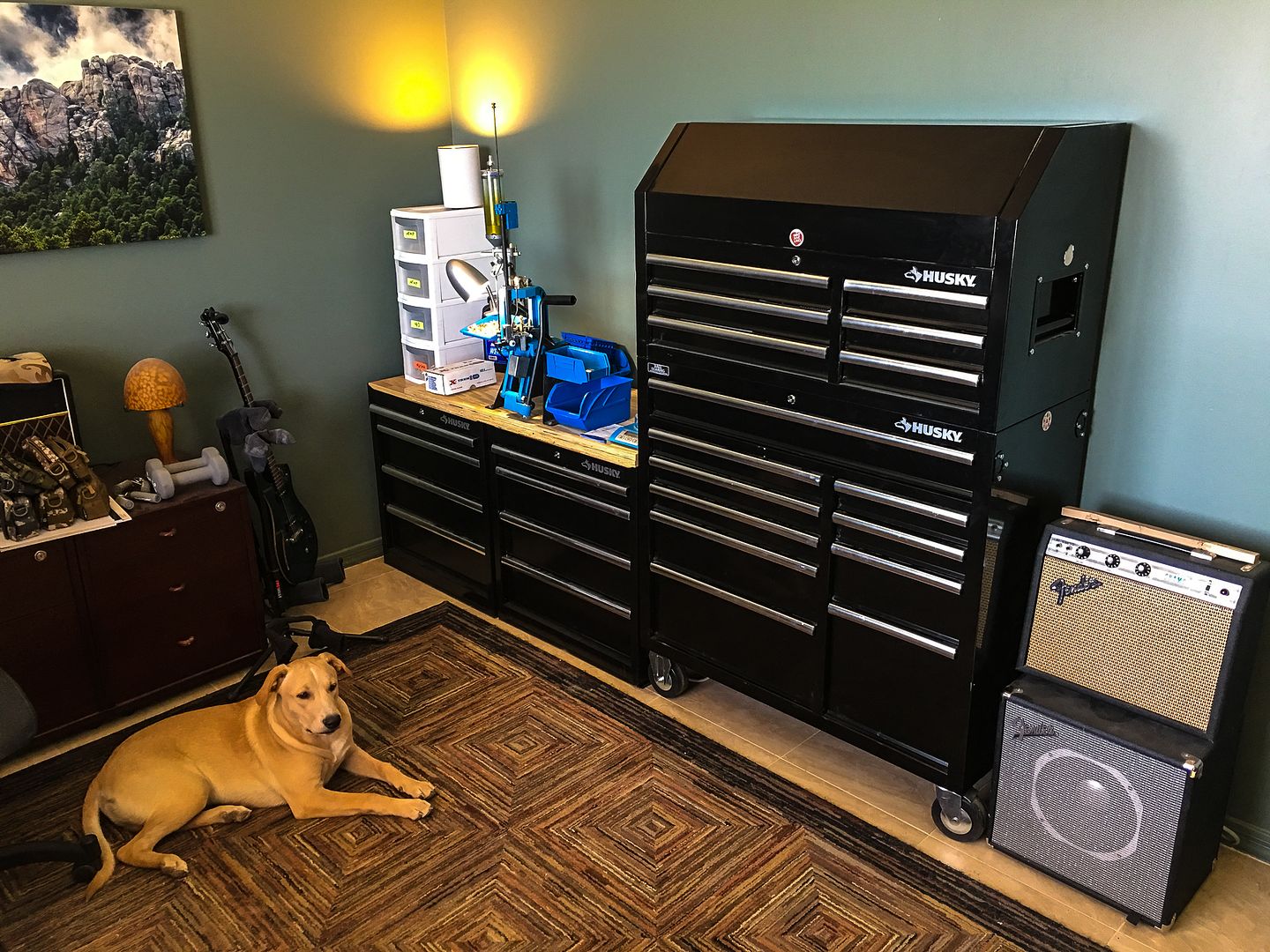I use written reloading procedures that include a written checksheet that is printed out for each batch of cartridges that I load. Having to stop at each step, verify that it has been completed and then check it off helps maintain focus and avoid districtions.
As far as charging cases, my reloading procedures are similar to Shaq's #1 bullet (See post #17); each case is taken from the loading block and charged before being returned to the block. This makes it harder to "jump over" a case since the open space in the reloading block is the next case you pick up.
As others have also indicated, I use a flashlight or automotive trouble light to aid in the visual inspection of the loads before bullets are seated. Each case is visually inspected to ensure that there is powder present. Then, the block is held up at about a 30 degree angle and lightly agitated and inspected again. A light charge will generally produce a different angle which is easily spotted. If there is any doubt in my mind, I dump the case into the pan of the scale and verify that the charge is correct. When the loading block is returned to level, the flashlight/trouble-light is used a third time to verify each case has powder in it. In 38 years of reloading, I have never had a squib load, but I have more than once caught an un-charged or under-charged case during the second or third inspection.
Finally, when the cartridges are assembled, I set up my scale to the weight of the case, primer, bullet & powder less one grain and weigh each cartridge. Any cartridge that doesn't cause the pan to drop is disassembled and the components weighted. I have never found an un-charged case, but I have found under-charged cases before.




